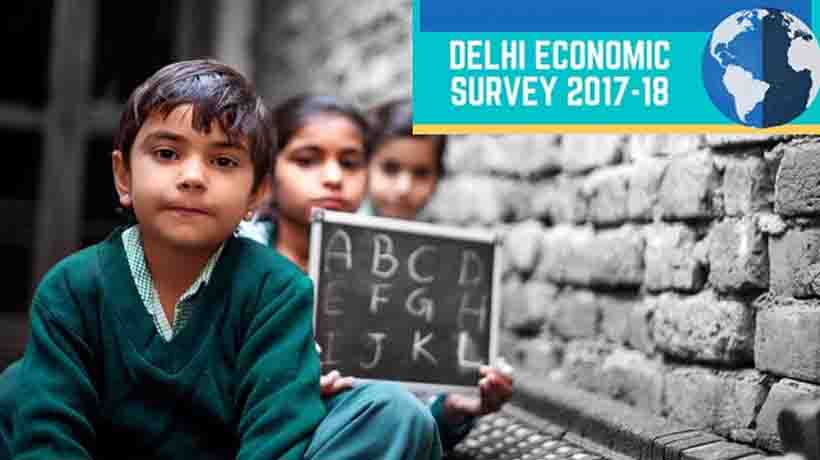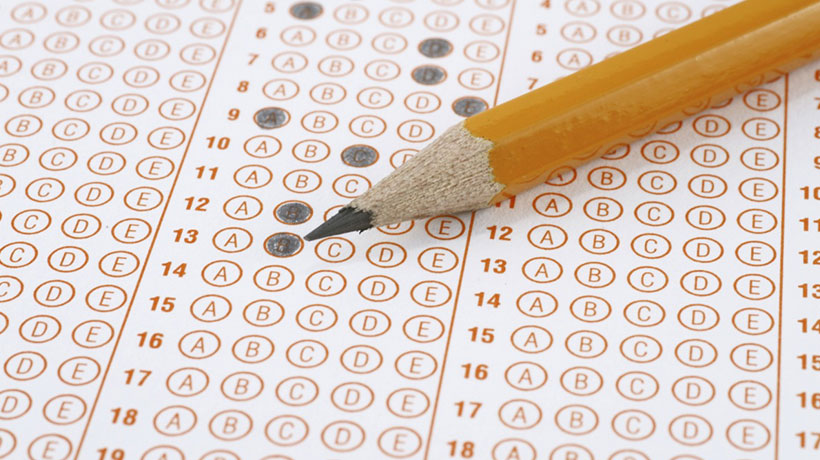Trending Now
- 830 voters names go missing in Kavundampalayam constituency
- If BJP comes to power we shall consider bringing back electoral bonds: Nirmala Sitaraman
- Monitoring at check posts between Kerala and TN intensified as bird flu gets virulent in Kerala
Education
Delhi Economic Survey reveals gender gap in school enrolments and more about the education sector
![]() March 21, 2018
March 21, 2018
Tabled this Monday by Deputy Chief Minister and Finance Minister Manish Sisodia in the Delhi Assembly, the Delhi Economic Survey of 2017-18 has revealed literally everything you need to know about what is going on with the education sector in the capital of India.
According to the stats of the survey, the government continued its goodwill to promote education by putting it first when it came to spending in 2017-18, with 19.1 per cent of the budget being allocated for this sector.
The survey emphasised on the increase in expenditure on education, number of schools, student enrolment and student-teacher ratio.
This is the highest priority sector for the government, which got the biggest share of allocation– 23.54 per cent of the total budget in 2017-18
6 HIGHLIGHTS OF DELHI’S EDUCATION SECTOR REVEALED BY THE SURVEY
1. According to the survey, the total investment in the education sector has increased by more than double in the last 5 years — from Rs 5,491 crore in 2012-13 to Rs 11,300 crore in 2017-18.
2. In 1,715 private schools, the total number of boys enrolled was 9.37 lakh, compared to 6.28 lakh girls in 2016-17.
3. In contrast, in government schools, 8.10 lakh girls and 7.18 lakh boys were enrolled in 1,017 schools.
4. While total enrolment at both government and aided schools is 37.92 per cent, that of private schools is 39.95 per cent.
5. The student-teacher ratio also rose to 30.
6. The number of higher education institutes increased from 209 in 2012-13 to 219 in 2017-18.
BUDGET ALLOCATIONS TO OTHER IMPORTANT SECTORS
1.Social security and welfare got 16.7 per cent, transport 16.5 per cent, medical and public health 14.2 per cent, and housing and urban development 12.8 per cent
2.The top 5 was rounded off by water supply and sanitation, which got 9.5 per cent of the budget allocations
























